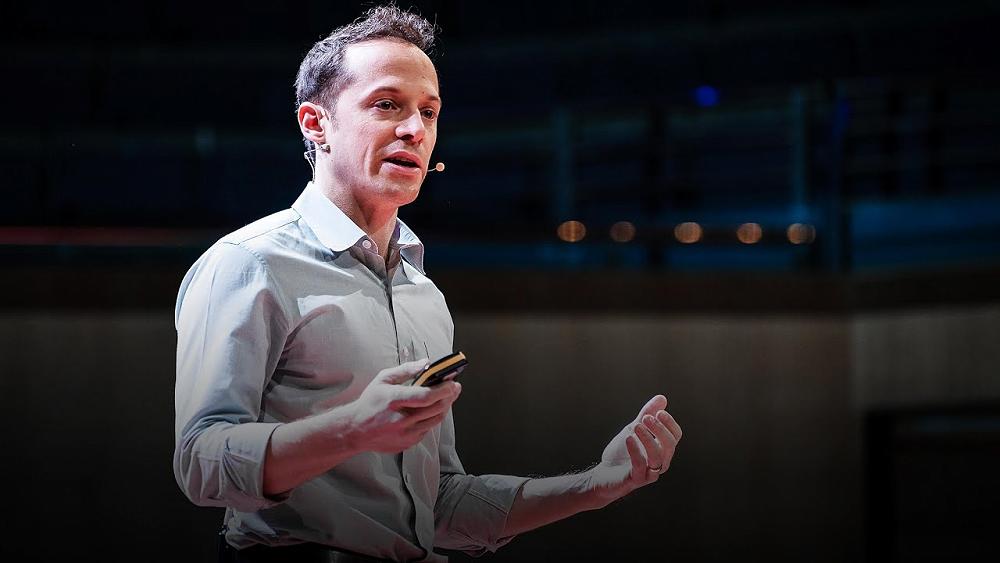
Five Questions Sport Parents Should Ask Themselves At The Start Of Every Season
A great article from Sport NZ as the busy winter sport season gets underway.
With the start of another sports season just around the corner, it’s a great time for parents to equip themselves with the skills and knowledge to ensure that this season is a positive one.
As a busy parent, it is often hard to get time to think. Nevertheless, we would encourage you to take a moment, pause and reflect on what you can do to make sure the upcoming season is a great one for your child and yourself.
We’ve outlined and explored five questions below that we think will help parents to reflect on how they can have and support the best youth sport season yet.
Here are the five questions sports parents should ask themselves at the start of every season:
- How will I, as a parent, keep actively and positively engaged throughout this season?
- Do I know my child’s ‘why’ for playing sport? And do my behaviours support their ‘why’?
- Is my child getting enough variety? Do I need to be a ‘pully-parent’?
- Do I know the signs of and how to mitigate overuse injury and overtraining syndrome?
- How will I ensure that my child’s sport is safe, fair and inclusive?
1. How will I, as a parent, keep actively and positively engaged throughout this season?
We know happy parents are a key part of the equation when it comes to supporting young people to have great sport experiences. We also know that sport places many demands on parents, whether that be emotional, logistical or financial. So, what are some ways parents can keep actively and positive engaged?
- Become more knowledgeable about youth sport – www.balanceisbetter.org.nz has been developed just for this. For parents new to a sport, something as simple as getting a coach or your child to explain the rules or strategy might help provide you the understanding you need to make sense of the youth sport experiences.
- Do not let the winning and losing get in the way of the wider lessons that sport can teach us. In the face of adverse moments (e.g. losing, deselection, bad referee decisions, etc) role model emotionally intelligent responses to your child, other young people and other parents, by framing these instances as a teachable moment.
- Connect, share and ensure transparency around logistics and commitments between the ‘wider team’. Most sports these days are pretty good at outlining at the beginning of the season what athlete commitments look like, and parents will quickly figure out what that means for them. Often this might come in the form of an email induction or induction evening. If your coach/club/school does not host a meeting, we would encourage you to ask for one. These meetings are good forums for logistical commitments to be clarified, as well as other expectations around behaviours and codes of conduct. It’s also a great forum to meet other parents (if you haven’t) and coordinate shared logistics where appropriate (travel, washing of uniforms, etc).
- Financial stress in sport is a real barrier for many. People’s varying contexts are so different here, that it’s hard for us to provide any supportive advice, though for parents in need, it’s worth knowing that most clubs and schools have hardship grants or provide support that can help ease some of this pressure.
2. Do I know my child’s ‘why’ for playing sport? And do my behaviours support their ‘why’?
We’ve previously spoken about the importance of understanding your child’s why for playing sport? Ultimately, it’s important to understand your child’s why so that your behaviour matches with what drives their motivation for playing sport. The key thing here is having a conversation with your child about why they play sport / a sport? Following that, reflecting on how your behaviours support or undermines this why, and if necessary, ask for feedback from your child about how you can continue to support them.
Read more: Parent’s: Time to talk about your child’s why
3. Is my child getting enough variety? Do I need to be a ‘pully-parent’?
Parents play a key role in supporting their children to find sports that they grow to love, and this starts with encouraging sampling of different sports. Insights from New Zealand’s high-performance athletes showed that on average, they were playing 5 different sports in their primary school years and at least 3 different sports through secondary school. Ultimately though, it’s about facilitating a balanced approach to development. The term pully-parent (as opposed to pushy-parent) was coined by David Epstein, when he talked about Roger Federer’s parents. As the story goes, Roger’s parents were very mindful to make sure his youth sport experience was full of a variety of sports, even at times hindering him from trying to commit singularly to tennis at an earlier age. Not only does early specialisation come with increased risks of overuse injury and overtraining syndrome, but there may also be an opportunity cost for not having a variety of experiences in development. For a discussion on this, see the excerpt from the TED Talk below to hear more from David Epstein talking about Roger Federer’s development experience:

Recommended reading: Range – Why Generalists Triumph in a Specialized World, by David Epstein
4. Do I know the signs of and how to mitigate overuse injury and overtraining syndrome?
If your child would love to have ice cream for breakfast, lunch and dinner, would you let them? Sometimes as parents, we have to say, “that’s too much”. For motivated and aspirational young athletes, there is often the risk that they will want to do lots (and sometimes too much) of a sport. When your child wants to do an activity they love, understandably, it is hard to say no. The key here as a parent, is to know when a young person would benefit from more variety – as well as how to mitigate the risks of overuse injury and overtraining syndrome. One suggestion for parents of children who want to do lots of one sport, is to actively encourage them to do other types of activities and sports in an informal setting.
What is overuse injury?
Overuse injuries are the results of repetitive stress to the musculoskeletal system without enough time for recover.
Signs of overuse injury include:
- Gradual onset of pain
- Pain presenting as an ache
- Stiffness or aching during or after training/competition
- Pain persisting for gradually longer periods
- Point tenderness, especially when palpated
- Swelling
- Missed session(s) due to pain/injury
- Recurring injury problem
What is overtraining syndrome and its signs?
Overtraining syndrome, as it sounds, is simply doing more than the body can recover from – often to the point of declining performance and potentially injury. Overtraining can also negatively affect the biological, hormonal and neurological systems in the body.
A rough rule of thumb is that a young person is overtraining if the number of hours they spend doing training and competing in a given week is more than their age. Parents should use this number as bit of a risk radar – as the number of training and competition hours a young person participates gets nearer to the upper threshold, a parent should increase their monitoring for other signs of overtraining.
Other signs include:
- Decreased performance in sport or/and school
- Chronic muscle or joint pain
- Rapid weight loss
- Mood swings
- Fatigue
- Lack of enthusiasm or change in motivation to be involved in a sport
- Sleep change
- Decreased appetite
- Increased injuries, illness or infections
For parents of females, it’s also important that to learn about Relative Energy Deficiency Syndrome (RED-S).
Monitoring and mitigating overuse injury and overtraining syndrome
Parents are best placed to look out for symptoms described above. Ideally, parents should be involved in a conversation with their child’s coach about how much training and competition load their child is doing, especially if they have noticed any of the symptoms mentioned above.
Significantly, we know that young people with multiple coaches are at greater risk of overuse injuries and overtraining syndrome because the different coaches often don’t know how other coaches and the sessions are impacting an individual young person. If your child has multiple coaches and is at risk of high training and competitions loads, share your child’s training and competition schedule with all the coaches so that these coaches have a broader awareness of the volume of training and competition your child is involved in. Even better, coordinate a meeting between coaches so that you can identify any scheduling that might lead to overtraining or overload risks and develop strategies to mitigate.
5. How will I ensure that my child’s sport is safe, fair and inclusive?
There are a lot of factors that can threaten the integrity of youth sport and make it less safe, less fun and less fair for young people. Issues like child protection, avoiding harassment, and dealing with complaints aren’t just for club administrators or national bodies – they’re things everyone involved with young people in sport should know about
For parents, knowing what good practice looks like for safeguarding young people is important. Likewise, so is being able to direct coaches and organisations towards resources so that they can develop their own good practice to safeguard young people.
